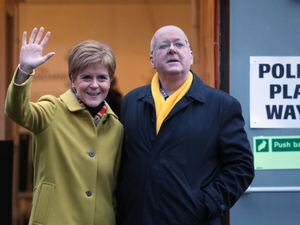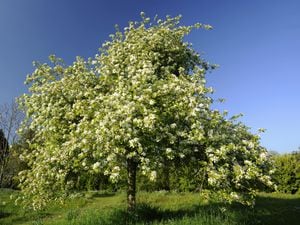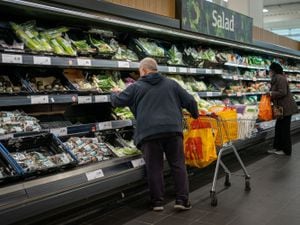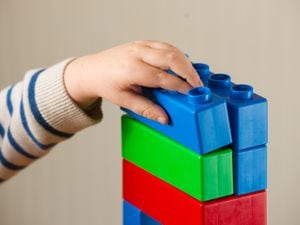Scots urged to help hunt for art by Australia’s ‘stolen generations’ of children
The artwork was created by youngsters who were interned at a remote settlement in Western Australia in the 1940s.
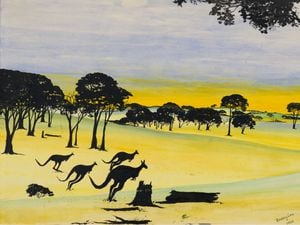
People are being urged to join the hunt for artworks created by children of the “Stolen Generations” in Australia ahead of an exhibition of their work in Scotland.
Curators are hoping to find more of the art created by Australian First Nations children who were forcibly taken from their families in the 1940s in the hope of reconnecting the work with their relatives.
A selection of the collection created by Aboriginal children, who were interned at the remote Western Australian settlement of Carrolup in the 1940s, will be on show at the University of Glasgow Memorial Chapel from October 6 to November 10, having been on show in Manchester.
People are being urged to check their cupboards and attics for similar pictures, which may be in pastel or chalk, and might show Australian landscapes and animals such as kangaroos.

The John Curtin Gallery’s Carrolup manager, Kathleen Toomath, whose late mother, Alma, was the last-known surviving Carrolup artist, said reconnecting missing artworks with relatives of the child artists would represent a powerful step towards reconciliation for the wrongs of the past.
She said: “Imagine if your grandmother or grandfather, who you never got to meet and there are no known photographs of, created one of these works during a deeply traumatic time in your family’s history.
“Finding something so precious and rare, an artwork so historically significant that it can almost transport you back to that time and offer a glimpse into their world view, would mean so much.
“That artwork could be the only physical connection a family has with their ancestors, so it’s a critical part of the reconciliation process and a tangible step towards making tomorrow better through the power of art.”

It is the first time this selection of artworks has returned to the UK in 70 years, after Florence Rutter, London Soroptimist Club founding president, first met the artists and arranged exhibitions in Edinburgh, Glasgow and other cities in the UK during the 1950s.
She recognised the significance of the works after visiting Carrolup in 1949, where teachers Noel and Lily White had found a way into the hearts of the children through art.
Chris Malcolm, John Curtin Gallery director, is calling on communities, organisations and people across the country to help find any other missing works created by the children of Carrolup.
He said: “We are encouraging people across Scotland to help our global search for these culturally significant drawings by checking their attics, cupboards and households for any similar artworks.
“The key clues that people need to be looking out for include the use of chalk or pastel on paper and many depict the Australian landscape and wildlife, including kangaroos.
“We would urge everyone to see for themselves at the new exhibition in Glasgow, which tells this incredible story.”
Since 2013, the John Curtin Gallery at Australia’s Curtin University, in partnership with indigenous elders, has been the custodian of the Herbert Mayer Collection of Carrolup Artwork, which provides an insight into the lives and experiences of the children who are now known as Australia’s Stolen Generations.
John Curtin Gallery’s Australian First Nations Art curator, Michelle Broun, said: “As the curator spending time with the artworks, I am in the children’s world for a moment.
“As the daughter of a stolen child, the children’s artworks and their stories resonate with me.
“I understand the pain on the children’s faces and hear their voices in their letters, but the drawings belie this pain and speak to our humanity.
“The child artists overcame adversity through art – they are the heroes of the exhibition.”
Anyone across the globe who thinks they may have found one of the Carrolup children’s artworks can contact the gallery via the website.


